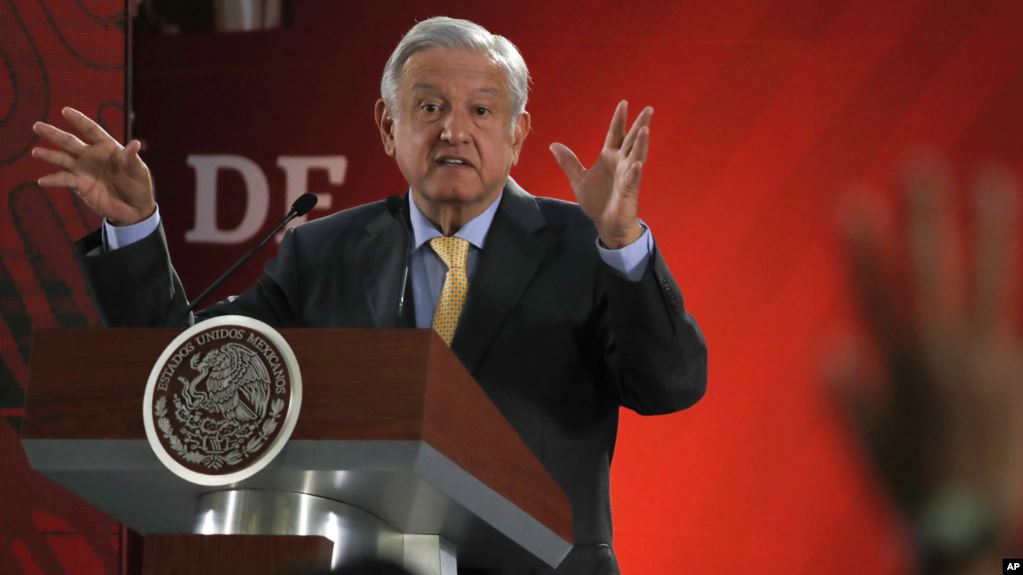The immigration challenge that the U.S. is currently facing on its Southern border with Mexico must be placed in a broader regional context. First, we must recognize that Central Americans are fleeing for a variety of reasons but most fundamentally because they no longer see a future in their homelands. El Salvador’s president-elect, Nayib Bukele, is reported to have answered the question of why Central American’s migrate this way: “They migrate because of lack of hope.” They are hopeless because of high crime and violence, lack of economic opportunity, poor education and access to healthcare, but also because of the enormous corruption in their countries. Past and current presidents have been accused of gross corruption in all three countries including money laundering, involvement in drug trafficking, and turning a blind eye or actively encouraging theft of public funds from hospitals, schools, and public works projects.
Until recently, the United States had important programs to improve education; prevent crime; strengthen police, prosecutors, and courts; fight crime and corruption; and create economic opportunities in Central America. These are not perfect programs but many had demonstrated positive results. Yet, many existing contracts have been ripped up, implementers laid off, and U.S. government capacity diminished.
Simply trying to stop irregular migration through punitive measures has never proven effective at the U.S. border and is not likely to work any better at the Mexico-Guatemala border or within Central America. Taking a regional approach to address the drivers of migration is an important but increasingly neglected approach. United States interests would be better served if the U.S. worked to bring together Mexico and Central American governments to develop a comprehensive plan of shared responsibility to address the drivers of migration. Each country must assume responsibility for its role in this crisis. In Central America, the starting point has to be a recognition that governments have failed to provide their youth economic alternatives, and corruption has eroded the public’s confidence in their ability to provide the most basic needs such as safety and opportunity. For its part, Mexico must recognize its role as an immigration destination country as well as a transit country. It must develop policies to address the needs of migrants and resist the temptation to make this someone else’s problem. Finally, the United States needs to fix its immigration system from top to bottom. The solution is to create legal and viable pathways for people to work temporarily in the United States, and seek asylum when it’s necessary.
Finally, all countries need to get on the same page regarding a comprehensive investment strategy for Central America. This includes addressing problems of crime and violence, weak government institutions like police and prosecutors, addressing economic despair and hopelessness in the region as critical elements of a strategy to reduce irregular migration from Central America. Mexico’s development strategy for its poor Southern states is important and understandable, but it cannot come at the cost of ignoring the immediate and medium term needs in Central America. It’s time for Mexico to take responsibility for expanding development assistance in the Northern Triangle. The U.S. should work with Mexico, multilateral banks and private sources to leverage resources that address the fundamental needs of Central Americans.
Eric L. Olson
Director of Policy, CA in DC




